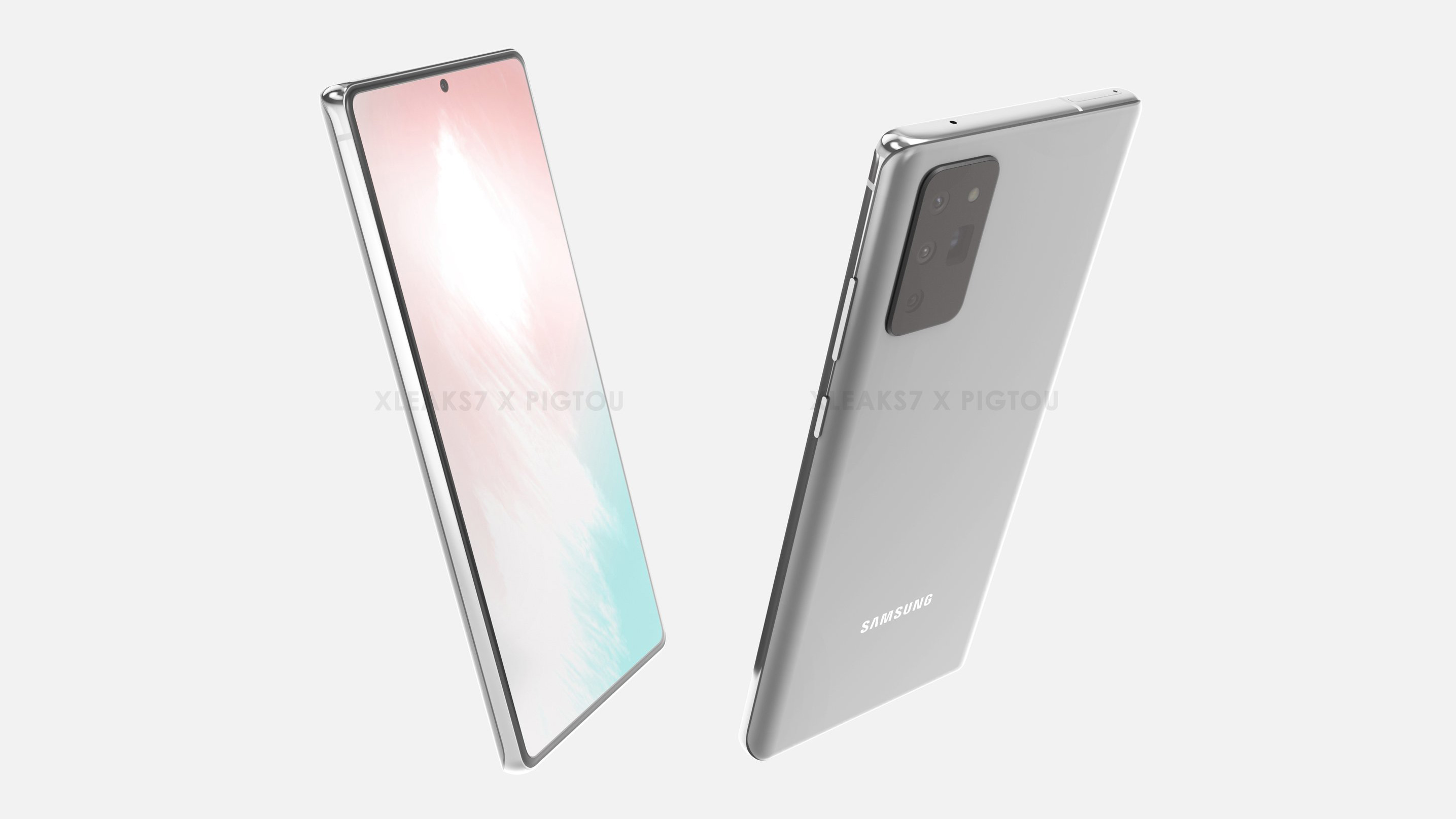Samsung Galaxy Note 20 leak reveals massive upgrade to beat iPhone 12
Samsung Galaxy Note 20 might get this clever OLED screen to boost battery life

Samsung is reportedly working on a new form of OLED screen technology for its Galaxy Note 20 phones that could reduce their power consumption by 20%.
The new display tech has been dubbed HOP, which stands for Hybrid-oxide and Polycrystalline silicon, reported The Elec. And it’s a combination of existing, if not widespread screen tech, merging low-temperature Polycrystalline oxide (LTPO) and Polycrystalline silicon (LTPS).
- The best Android phones you can buy now
- Galaxy Note 20 launch date confirmed
- BREAKING: Galaxy Note 20 leaked - this is your first look
LTPO screens have already been used in the likes of the Apple Watch Series 5 in order to extract as much battery life out of the smartwatch as possible. But they’ve yet to make it over to mainstream smartphones.
However, leaks around the display on the Galaxy Note 20 phones, specifically the Galaxy Note 20 Ultra, suggest that they will spearhead the addition of LTPO screens. Now, this latest report indicates that Samsung is building new screen tech using LTPO as a foundation, which could suggest that both Note 20 phones will get a next-generation OLED display as a means for Samsung to show off is screen prowess.
With HOP displays and LTPO tech, the refresh rate of the scenes can change on the fly rather than need to be manually changed in a phone’s settings. For example, if you're watching a movie on your phones that won’t benefit from a high refresh-rate, the panel can automatically drop down from 120Hz to 60Hz.
Doing this would help save on battery life, something that phones with high refresh-rate displays can struggle with. The Galaxy S20 Ultra, for example, can only use its 120Hz refresh rate when it’s resolution is set at FHD+ rather than the full 1440p resolution; this is done to ensure the phone doesn’t chew through battery life.
Phones like the OnePlus 8 Pro and Oppo Find X2 Pro can use their maximum resolution at 120Hz and adjust the refresh rate dynamically. But they use extra hardware to achieve this, whereas the Galaxy S20 phones rely on software and require a user to manually set the refresh rate. The higher-end iPhone 12 Pro models are also expected to sport 120Hz displays with variable refresh rates, so this upgrade would allow the Note 20 to keep up with its biggest competitor without sacrificing much battery life.
Sign up to get the BEST of Tom's Guide direct to your inbox.
Get instant access to breaking news, the hottest reviews, great deals and helpful tips.
With a HOP display, the Galaxy Note 20 could sport such dynamic refresh rates without the need for additional hardware components. In addition to reduced power consumption, this would avoid the need to place any extra components between the phones’ graphic accelerator and display controller, which could help keep the phones’ thickness down.
One of the more impressive elements of the Galaxy Note 10 Plus was just how slim it is for such a large phone, so the HOP display could certainly benefit the upcoming next-generation Note handsets.
A HOP display combined with an upgraded chipset and an improved triple rear-camera array and enhanced S Pen could see the Galaxy Note 20 and Galaxy Note 20 Ultra become contenders for the top spot on our best Android phones list. And they will need to bring their A-game, as Apple's iPhone 12 is slated to arrive in September with powerful A14 chipsets and and LiDAR scanners on the higher-end models.
There is a slight fly in the ointment however, as serial tech leaker Ice Universe doesn't believe the Galaxy Note 20 will be able to deliver a high-resolution display and 120Hz refresh rate. But we'll have to wait and see what Samsung reveals in around month's time during its rumored August 5 event.
Roland Moore-Colyer a Managing Editor at Tom’s Guide with a focus on news, features and opinion articles. He often writes about gaming, phones, laptops and other bits of hardware; he’s also got an interest in cars. When not at his desk Roland can be found wandering around London, often with a look of curiosity on his face.

